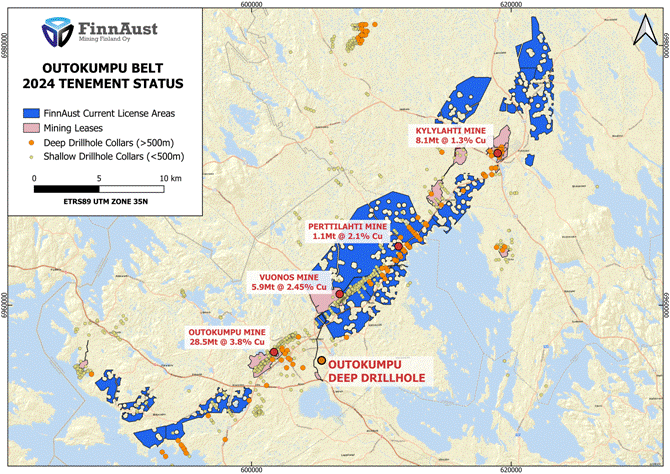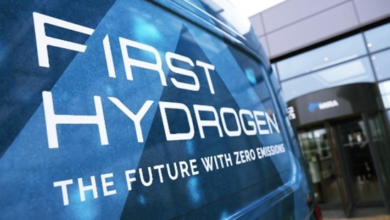Bluejay Mining begins its first effort to discover geological hydrogen and helium in Outokumpu

Bluejay Mining plc (‘Bluejay’ or the ‘Company’), the AIM, FSE listed and Pink-Market traded exploration and development company with projects in Greenland and Finland, is delighted to announce the start of low-cost & wide-ranging work programmes to evaluate possible significant deposits of geological hydrogen and helium (including other industrial gas) in the Outokumpu Belt. This work stream will include integrating all historical data including seismic.
The previously identified significant findings include the historical deep drilling within the Outokumpu Belt, as the Geological Survey of Finland (GTK) reported, which has revealed substantial concentrations of helium and hydrogen. Notably, the best intersection shows 100 meters at 5.6% helium within a broader 1,500-meter intercept at 1.5% helium.
On the other hand, the newly identified results also include 80m @ 5.03% lithium (50,300mg/l) in deep brines within a larger section of 580m@ 1.16% lithium (11,623mg/l). By way of comparison brines from the “Lithium Triangle” (Argentina, Chile, and Bolivia). The Salar de Atacama in Chile has an average lithium concentration of about 0.14% lithium or 1400ppm.
Comparatively, the Outokumpu Belt’s geology is similar to the Lorraine region in France, which hosts the world’s largest known deposit of white hydrogen.
The Gas samples from a 2480-meter-deep drill hole, analysed by the GTK, have revealed up to 46% geological hydrogen, highlighting the belt’s potential for industrial gas reserves while the extensive Historical Data >2000 historical drill holes provide a robust foundation for fast-tracking gas assessment across the 40-kilometer licence holding.
In the upcoming exploration program, the historical drill hole and surface sampling will be undertaken using a portable hydrogen and helium detector to measure concentrations of these gasses. This program will also aid in assessing the location and condition of historical drill holes for further sampling.
Water samples will be collected from a selection of deep boreholes and analysed for hydrogen, helium, and other gases, establishing a gas presence and concentration baseline.
Groundwater flow rates will be measured to identify water-conductive fractures, aiding in locating potential gas-rich zones.
Pumping tests will be conducted to understand the hydrogeological structures and flow characteristics, crucial for estimating recoverable gas volumes and production rates.
Specific borehole sections will be isolated to measure water flow and rock integrity, identifying permeable zones that could contain hydrogen and helium.
Borehole Magnetic Resonance (BMR) logging will measure formation porosity and water volume, providing detailed geophysical data to enhance hydrogeological models and improve gas potential understanding.
